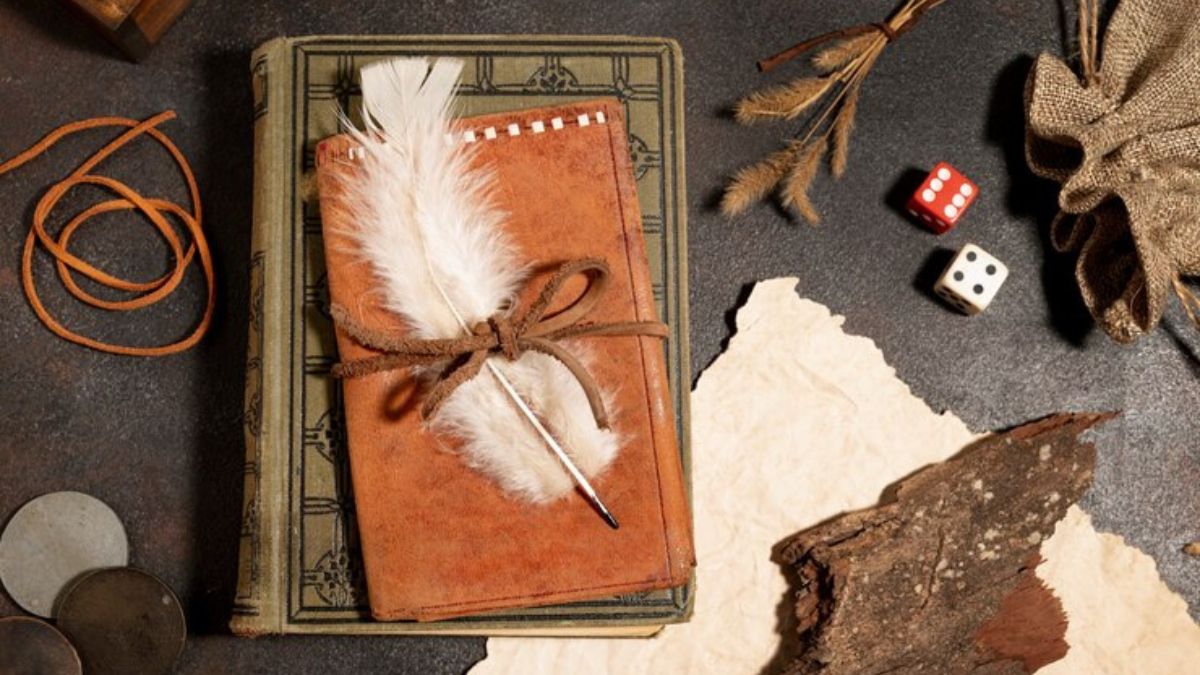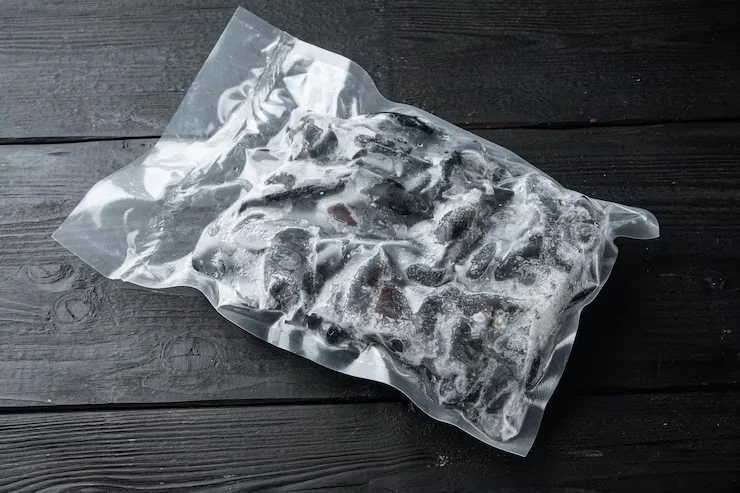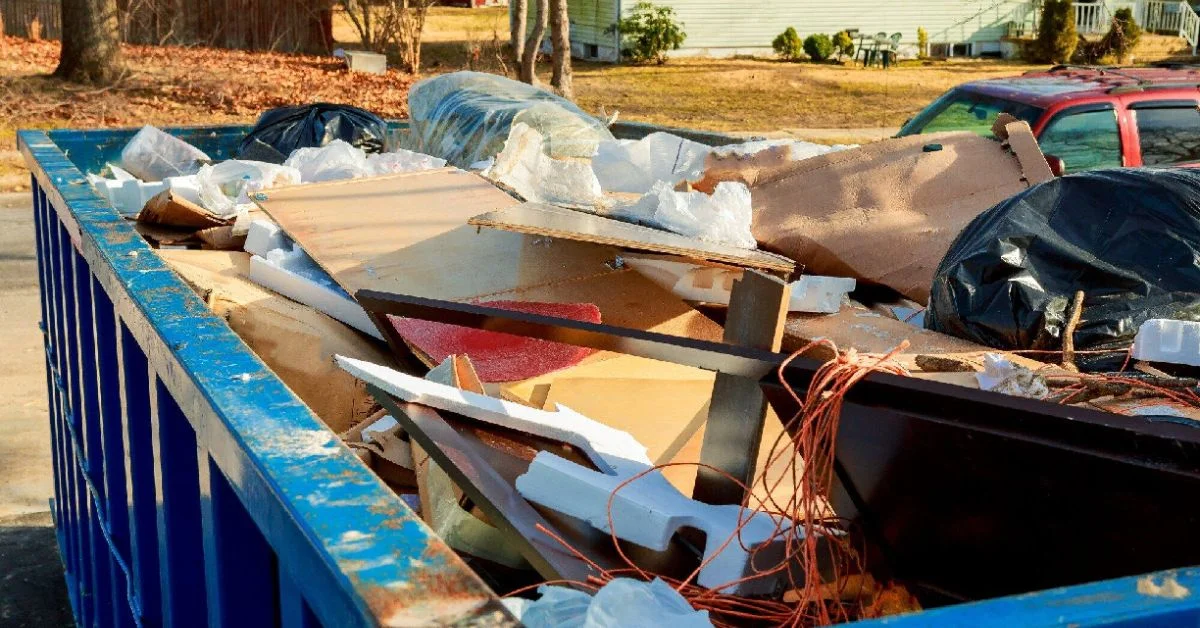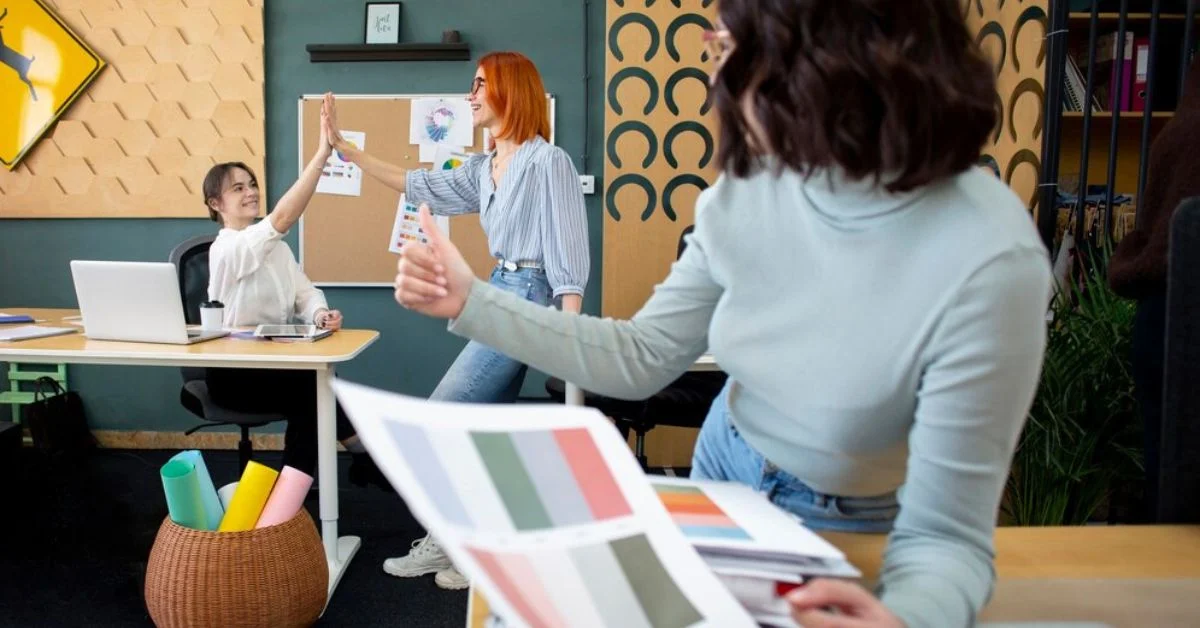HOME IMPROVEMENT
CNC Stove Plans: Make Metal Outdoor Furniture, Stoves and Grills with DXF Files
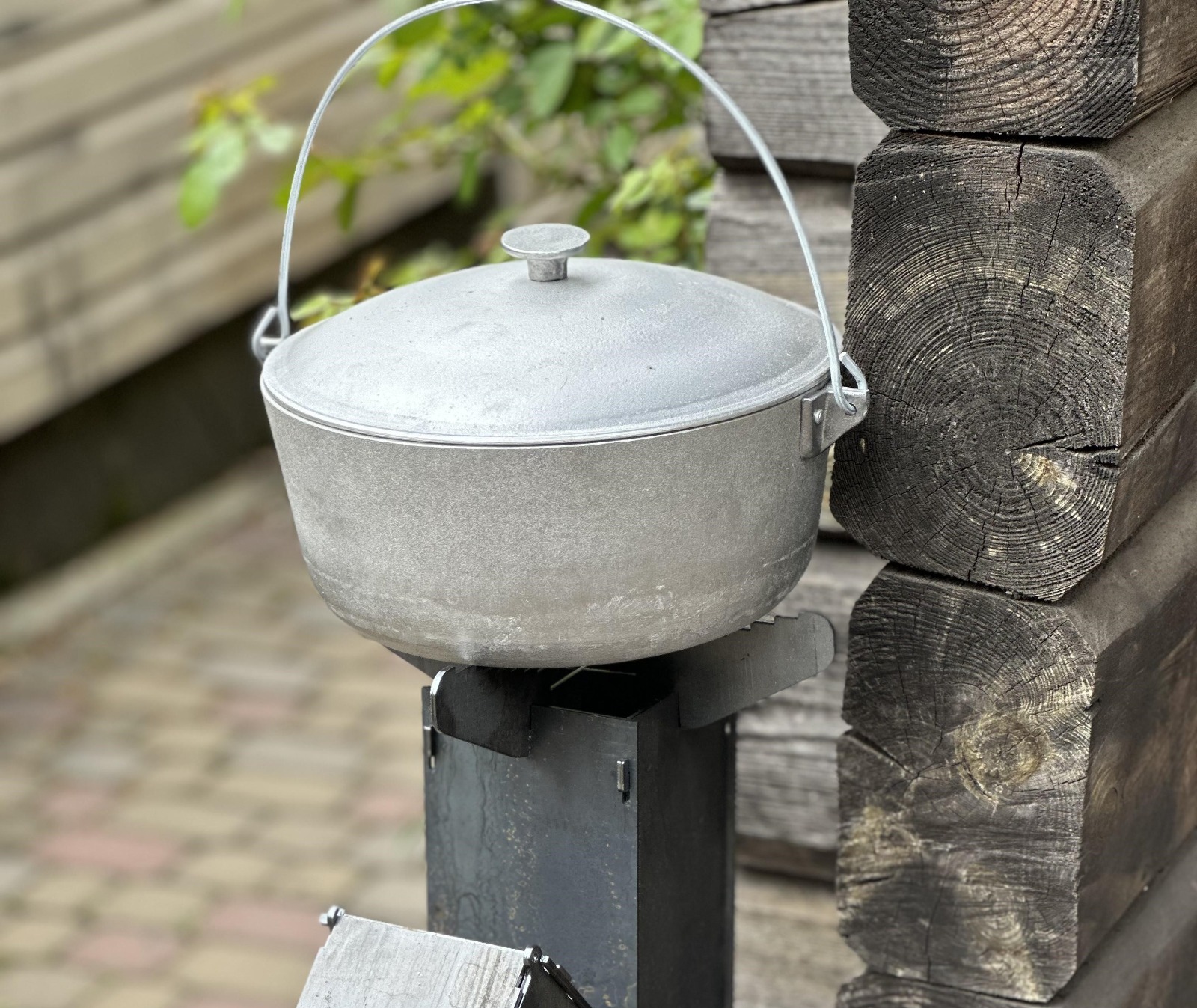
The art of metalworking has evolved significantly with the advent of modern technology, particularly CNC (Computer Numerical Control) machining. For enthusiasts and professionals alike, CNC Stove Plans offer a gateway to creating durable, functional, and aesthetically pleasing items such as outdoor furniture, stoves, and grills. By using DXF files-widely used in computer-aided design (CAD) software-these projects become accessible, accurate, and repeatable. This article explores the process of designing and fabricating metal items, with a focus on outdoor furniture, stoves and grills, and the role of DXF files in achieving expert-level results.
Understanding CNC Machining and DXF Files
CNC machining transforms digital designs into physical objects by controlling tools and machines through computer programming. At the heart of this process is the DXF (Drawing Exchange Format) file, a versatile format developed by Autodesk to enable interoperability between CAD programs. DXF files contain 2D vector graphics and detailed instructions that CNC machines interpret to cut, shape and assemble metal parts with precision.
For projects such as outdoor furniture, stoves and grills, DXF files are invaluable. They allow designers to create intricate patterns, precise measurements, and complex geometries that would be difficult to achieve by hand. Whether you’re designing a minimalist outdoor chair or a sturdy wood-burning stove, DXF files streamline the workflow from concept to completion.
Why Metal? The benefits of metal fabrication
Metal is a preferred material for outdoor furniture, stoves, and grills because of its durability, heat resistance, and versatility. Steel, aluminum, and iron are commonly used, each offering unique properties:
- Steel: Known for its strength and affordability, steel is ideal for heavy-duty stoves and grills. Stainless steel options resist rust, making them perfect for outdoor furniture exposed to the elements.
- Aluminum: Lightweight yet strong, aluminum is ideal for portable outdoor furniture and grill frames. Its corrosion resistance ensures durability.
- Iron: Cast or wrought iron lends a classic, rustic charm to outdoor furniture and fire pits, though it requires maintenance to prevent rust.
By combining these metals with CNC precision, you can create items that are both functional and visually striking. The use of DXF files ensures that every cut and weld is perfectly aligned, improving the structural integrity of the final product.
Create CNC Furnace Plans with DXF Files
Creating a CNC oven plan begins with a clear vision of the end product. Stoves, whether for indoor heating or outdoor cooking, require careful consideration of heat distribution, ventilation and safety. Here’s a step-by-step guide to designing a metal stove using DXF files:
- Conceptualization: Define the purpose of the stove-wood, pellet, or multifuel-and its dimensions. For example, a compact garden stove might measure 24″ x 18″ x 30″ to fit on a small patio.
- CAD Design: Use software such as AutoCAD, Fusion 360, or FreeCAD to design the stove’s components-the base, firebox, chimney, and door. Incorporate features such as vents and ashtrays for functionality.
- DXF Export: When the design is complete, export it as a DXF file. Make sure the file includes all layers (e.g., cutting lines, engraving marks) so that the CNC machine can interpret it.
- Material Selection: Choose a metal that is appropriate for the purpose of the furnace. For high heat applications, 1/4″ steel plate is a common choice.
- CNC fabrication: Load the DXF file into the CNC machine’s software, calibrate the settings (e.g., cutting speed, tool type), and let the machine cut the metal parts.
- Assembly: Welding or bolting components together and adding finishing touches such as heat-resistant paint or a polished finish.
The result is a custom stove that meets your exact specifications, whether it’s a sleek modern design or a rugged outdoor model.
Make DXF Garden Furniture: Chairs, tables and benches
Outdoor furniture benefits immensely from CNC precision and DXF files. Metal furniture withstands the elements better than wood or plastic, and with the right design, it can enhance any outdoor space. Here’s how to approach an outdoor furniture project:
- Chairs: Start with a DXF file for a chair frame, incorporating ergonomic curves and support rails. Aluminum or powder-coated steel work well for lightweight, rust-resistant seating. Add decorative cutouts-such as floral patterns-by CNC machine for a personal touch.
- Tables: Design a sturdy table top and legs using a DXF file. A 1/8-inch steel plate can be cut into a circular or rectangular shape, with intricate edge designs if desired. Combine with a welded base for stability.
- Benches: Create a DXF file for a garden bench with a slatted seat and reinforced frame. Wrought iron provides a timeless look, while CNC-cut steel provides precision slat spacing.
The beauty of DXF outdoor furniture is its scalability. A single design can be resized or replicated multiple times, making it ideal for both personal use and small-scale production.
Build grills with DXF precision
Grills are a staple of outdoor living, and CNC machining takes their design to the next level. A well-designed grill requires a balance of heat retention, airflow, and durability – all achievable with DXF files. Here’s how to design a metal grill:
- Design the body: Use CAD software to create a DXF file for the main grill chamber, including cutouts for air vents and a hinged lid. A 3/16″ steel plate provides the required thickness.
- Grate and Supports: Design a grill with evenly spaced bars (e.g., 1/2-inch spacing) and support brackets. Stainless steel is ideal for the grill because of its resistance to heat and corrosion.
- CNC Cutting: Run the DXF file through a CNC plasma or laser cutter, depending on the thickness of the metal. Plasma cutters excel with thicker steel, while lasers offer finer detail on thinner sheets.
- Assembly: Weld the body together, attach the grate, and add legs or a stand. Optional features such as side shelves or a thermometer mount can be incorporated into the DXF design.
The result is a professional-grade grill tailored to your cooking preferences, whether you prefer charcoal, wood, or gas.
Tips for Expert Level CNC Metal Projects
To improve your CNC oven plans and outdoor furniture designs, consider these expert tips:
- Optimize DXF files: Minimize unnecessary knots and overlapping lines in your DXF files to reduce cutting time and improve machine efficiency.
- Test Cuts: Before committing to a full project, perform a test cut on scrap metal to verify the accuracy of the DXF file and CNC machine settings.
- Finishing Techniques: Sandblast or powder coat metal surfaces for a polished look and added rust protection.
- Modular Design: Create DXF files with interchangeable parts (e.g., oven doors, table legs) for customization without redesigning from scratch.
- Safety First: For ovens and grills, consider proper ventilation and heat shielding in your designs to prevent accidents.
The future of CNC metal fabrication
As CNC technology advances, so do the possibilities for metal outdoor furniture, stoves and grills. Innovations such as 5-axis CNC machines allow for more complex 3D shapes, while improved software makes DXF file creation more intuitive. For hobbyists and small businesses, this means greater creative freedom and the ability to produce high-quality items at a lower cost.
In addition, the integration of DXF files with online platforms allows designers to share and sell their CNC furnace plans and furniture designs worldwide. Communities on X and other platforms often discuss the latest trends in metal fabrication, providing inspiration and feedback for your next project.
The Bottom Line
CNC stove plans, paired with DXF files, enable designers to create exceptional metal pieces – outdoor furniture, stoves and grills – that combine functionality with artistry. From the initial design in CAD software to the final weld, the process is a testament to the precision and versatility of modern metalworking. Whether you’re furnishing an outdoor space, building a custom oven or perfecting a grill for summer barbecues, DXF-driven CNC fabrication offers endless possibilities. With the right tools, materials and expertise, your metal creations can stand the test of time, enhancing both utility and beauty.
When you embrace this technology, you’re not just building things-you’re creating experiences. So fire up your CNC machine, load that DXF file, and start creating something extraordinary today.
HOME IMPROVEMENT
How Eco-Friendly Household Products Are Shaping Safer Home Environments

Eco-friendly household products are becoming an important part of modern living. More people now want safe solutions for cleaning and maintaining their homes. These products are made with simple and gentle ingredients. They help reduce harmful chemicals inside homes. They also support a cleaner environment by lowering waste and pollution.
Many families are replacing traditional items with greener options. These new choices focus on safety, sustainability, and long-term health. They cover common needs in every home, from cleaning to purification. Today’s eco-friendly options offer strong performance without causing harm. People can find a wide range of household goods that support a safer lifestyle.
The Growing Demand for Eco-Friendly Home Care Solutions
The demand for eco-friendly home care products is rising quickly. People now understand the risks of strong chemicals that stay in air and surfaces. As science grows, better alternatives appear. These alternatives aim to protect both health and the environment. They also reduce the negative impact of waste and chemical water discharge.
Eco-friendly products are designed for real needs. They help families clean clothes, wash dishes, and maintain surfaces safely. They offer effective cleaning while staying gentle on skin and air quality. These products are also more honest about their ingredients. Clear labels help people make better decisions.
Key Features That Define Safe and Green Household Products
Eco-friendly home care products have clear qualities that separate them from traditional ones. They focus on health, safety, and sustainability. These products are made responsibly. They also help reduce long-term harm caused by chemicals.
Benefits of Using Eco-Friendly Products in Daily Life
Switching to eco-friendly options offers many benefits. Homes become safer and cleaner. People reduce exposure to strong cleaning agents. Families also support a healthier planet. These products make daily tasks easier and safer.
Eco-Friendly Cleaning Products Improving Home Hygiene
Cleaning is a major part of maintaining a healthy home. Eco-friendly cleaners offer strong cleaning power. They use plant-based ingredients and natural minerals. These ingredients break down dirt without releasing harsh fumes.
Some products are created to work on many surfaces. They can clean kitchens, bathrooms, and living areas. They are also designed to rinse off easily. This reduces the risk of residue building up. Safer cleaners make homes more comfortable.
How Water Purification Systems Support a Safer Home
Clean water is essential for health. Water purification systems help remove harmful elements from tap water. They support safe drinking water for daily use. These systems use advanced filtration. They reduce contaminants and unpleasant tastes.
Filtered water helps families cook and drink safely. It also improves the overall quality of life. Homes that use purification systems reduce dependency on bottled water. This decreases plastic waste and supports sustainability.
Technologies Behind Air Purification Solutions
Air quality affects health in many ways. Air purification systems help remove dust, odors, and allergens. These systems use strong filters. They capture tiny particles that normal cleaning cannot remove.
Air purifiers support healthier breathing. They help families who suffer from allergies or asthma. They also reduce pollution that comes from cooking or daily activities. Cleaner air helps people feel better at home.
Exploring Modern Kitchenware Designed for Safer Use
Modern kitchenware is designed with safety in mind. Many products use durable materials. They help families cook food in a safe and healthy way. High-quality cookware distributes heat evenly. This prevents burning and saves energy.
Eco-friendly kitchenware is also built for long life. It reduces the need for frequent replacements. This supports sustainability. Better kitchenware also improves cooking experiences. It makes daily meals easier to prepare.
Advantages of Concentrated Cleaning Products
Concentrated cleaning products are gaining attention. They offer strong cleaning power in small amounts. This reduces waste from packaging. Families can use less product and still get good results.
These concentrates are easy to store and transport. They also last longer. This saves money and reduces the need for frequent purchases. Concentrated formulas lower environmental impact and support responsible living.
How Eco-Friendly Laundry Solutions Protect Fabrics and Skin
Laundry products can affect skin and fabric health. Eco-friendly laundry options use gentle ingredients. These ingredients help protect clothing fibers. They also reduce irritation on sensitive skin.
These products also break down easily in water. They reduce pollution in drainage systems. Safe laundry detergents help maintain both clothing quality and environmental health.
What To Look for When Choosing Safe Household Products
When choosing eco-friendly options, several features matter. Families should look for clear labels. Ingredients should be easy to understand. Products should also be tested for safety. Companies that share their process are often more trustworthy.
Useful Factors to Consider
- Ingredient transparency
- Low chemical content
- Biodegradable formulas
- Long-lasting packaging
- Safety testing details
- Clear usage instructions
The Future of Eco-Friendly Home Care Products
Eco-friendly household products will continue improving. New research supports safer alternatives. Companies now focus more on health and sustainability. Homes will see more advanced systems for cleaning air and water.
More families are also aware of the benefits. They want safe solutions for long-term use. These products will become more common. They will also become more affordable for everyone.
How Cleaner Homes Create Healthier Lifestyles
A clean home supports better health. Eco-friendly choices help remove harmful elements. They also reduce risks from strong chemicals. Families can enjoy safer surroundings every day.
Using better products can improve daily comfort. It can also create healthier habits. Clean air, clean water, and safe surfaces all support well-being. Eco-friendly solutions make this easier.
Why Sustainable Home Care Matters Today
Sustainability is becoming important in every part of life. Eco-friendly products reduce waste. They lower pollution. They support a healthier environment for future generations.
Responsible choices help protect natural resources. They also support cleaner homes. When families choose safer options, they help build a better world.
Conclusion
Eco-friendly household products are shaping safer home environments every day. They offer strong cleaning power while protecting health. They also support a cleaner planet. Families can now use better options for cleaning, cooking, air quality, and water safety.
These products will continue to grow in popularity. They provide a balance of performance and safety. Choosing eco-friendly solutions helps create homes that are cleaner, healthier, and more sustainable.
HOME IMPROVEMENT
Common Thermador Appliance Issues and How Prime Fix Repairs Them in San Francisco
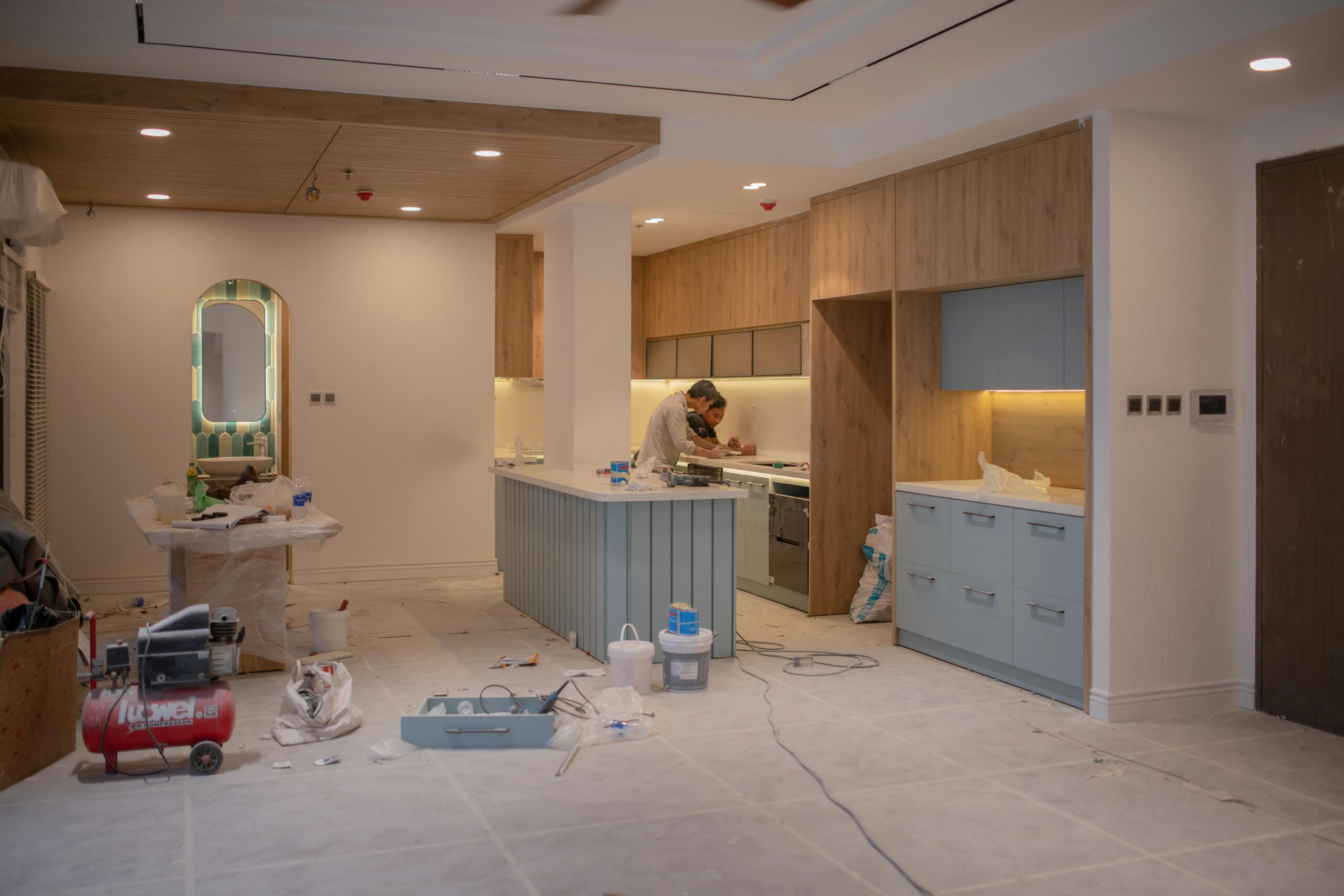
Thermador is a top-tier brand that offers a wide range of luxury kitchen appliances, including refrigerators, ovens, cooktops, dishwashers, and more. Their products are known for being durable, high-quality, and designed to deliver professional-grade performance. However, like all appliances, Thermador products can experience occasional issues that need expert attention. If you’re facing any trouble with your Thermador appliances, Prime Fix Appliances Repair offers fast and reliable solutions in San Francisco and the surrounding Bay Area.
At Prime Fix, we specialize in Thermador appliance repair, offering services that help you get your appliances back in top shape. Whether it’s a refrigerator that’s not cooling properly, an oven that won’t heat, or a dishwasher leaking water, we have the expertise to handle it all. In this article, we’ll cover some of the most common Thermador appliance issues and explain how Prime Fix addresses them to restore your kitchen equipment to optimal performance. You can learn more about the range of services at https://prime-fix.com/brands/thermador/.
Common Thermador Appliance Problems
Even though Thermador appliances are designed for durability, they can experience a variety of issues due to normal wear and tear. These issues can disrupt your kitchen routine, but with professional help, they can be resolved quickly and efficiently. Here are some of the most common Thermador appliance problems and how we at Prime Fix tackle them.
Thermador Oven and Cooktop Not Heating Properly
One of the most common issues with Thermador ovens and cooktops is problems with heating. This issue can affect both gas and electric models. If your oven isn’t heating to the desired temperature, or your cooktop isn’t igniting properly, it can be frustrating, especially when you’re trying to prepare meals for your family.
At Prime Fix, we understand the importance of a fully functioning oven and cooktop in your kitchen. The problem could be due to several reasons, including faulty heating elements, broken ignitors, or a malfunctioning thermostat. Our team of experts will quickly diagnose the issue and get your Thermador oven or cooktop working like new.
Thermador Refrigerator Not Cooling or Inconsistent Temperatures
A refrigerator that isn’t cooling properly is more than just a minor inconvenience. It can cause your food to spoil, which may result in costly waste. If your Thermador refrigerator is experiencing temperature fluctuations or isn’t cooling at all, you need to address the issue as soon as possible.
The problem could be caused by several factors, including issues with the compressor, evaporator fan, or condenser coils. At Prime Fix, we specialize in diagnosing and repairing all types of refrigeration issues, ensuring that your Thermador fridge returns to peak performance. We will check each component and fix the problem swiftly, so you don’t have to worry about spoiled food or energy waste.
Thermador Dishwasher Leaks or Fails to Drain
Another common issue with Thermador appliances is a dishwasher that leaks water or doesn’t drain properly after a cycle. A leaking dishwasher can cause water damage to your kitchen floor and lead to bigger issues if left unaddressed. Similarly, a dishwasher that doesn’t drain can leave dishes dirty and cause unpleasant odors.
Leaks often occur due to worn-out door seals or clogged drain hoses. If your Thermador dishwasher isn’t draining, it could be due to a blocked drain pump, faulty float switch, or clogged drain hose. At Prime Fix, we are equipped to fix these common issues, restoring your dishwasher to full functionality and preventing future leaks or drainage problems.
Thermador Cooktop Ignitor Problems
Thermador cooktops are designed to provide precise heat control, but sometimes the ignitors fail to work correctly. If your cooktop burners won’t light, it could be due to a faulty ignitor or a buildup of debris in the ignition system.
In these cases, Prime Fix can clean or replace the ignitors and ensure the burner is functioning properly. We’ll also check for any gas line issues or blockages that could prevent the cooktop from igniting. Our goal is to restore your cooktop’s efficiency, so you can get back to cooking your favorite meals without delays.
Thermador Oven Door Won’t Close or Seal Properly
A malfunctioning oven door that won’t close properly is another issue that can affect the performance of your Thermador oven. If your oven door is misaligned or the door seal is worn, it can cause heat to escape, leading to uneven cooking or longer cooking times.
Prime Fix technicians can assess the problem with your Thermador oven door and fix it promptly. Whether the issue is a misaligned door, a damaged seal, or a broken latch, we have the tools and experience to get your oven door working properly again.
How Prime Fix Solves These Problems
At Prime Fix, we pride ourselves on offering fast, reliable, and professional repair services for Thermador appliances. When you choose us for your repair needs, you can expect:
- Experienced Technicians: Our team of trained and certified technicians is highly experienced in dealing with Thermador appliances. We have the knowledge to diagnose and repair any issues you may be facing.
- High-Quality Parts: We use only high-quality, manufacturer-approved replacement parts for repairs. This ensures that your Thermador appliance functions like new after the repair.
- Same-Day Service: We understand that a broken appliance can disrupt your daily life. That’s why we offer same-day service, so you don’t have to wait long to get your appliance fixed.
- Professional Repairs: We take pride in offering professional, courteous service. Our technicians will arrive on time, perform the necessary repairs efficiently, and leave your kitchen clean.
Common Thermador Repair Issues We Address
Here are some of the most frequent Thermador appliance issues we repair:
- Ovens and Cooktops Not Heating Properly
- Refrigerators Not Cooling or Inconsistent Temperatures
- Dishwashers Leaking or Failing to Drain
- Cooktop Ignitor Failures
- Oven Door Misalignment or Seal Issues
Why Choose Prime Fix for Your Thermador Appliance Repair?
When your Thermador appliance breaks down, you need a trusted expert to fix it quickly and effectively. Prime Fix Appliances Repair is your go-to solution in San Francisco for fast and reliable Thermador appliance repairs. We offer a range of benefits, including:
- Licensed and Insured Technicians
- Same-Day Emergency Repairs
- Manufacturer-Approved Parts
- Comprehensive Warranty on Services
We are proud to serve the San Francisco Bay Area, including Oakland, Palo Alto, and beyond. Whether you need help with your oven, refrigerator, cooktop, or dishwasher, we’re here to provide the professional repair services you need.
Conclusion
Thermador appliances are built to last, but like all machines, they can experience issues over time. From ovens that don’t heat to refrigerators that don’t cool, these problems can be frustrating. At Prime Fix, we specialize in diagnosing and repairing these common Thermador appliance issues with expertise and professionalism. Whether you need help with your Thermador oven, dishwasher, or refrigerator, we’re here to provide the reliable service you need to get your kitchen back to normal. If you need Thermador appliance repair in the San Francisco Bay Area, contact Prime Fix today.
HOME IMPROVEMENT
Keter vs Patiowell Plastic Shed: Which is Better?

When it comes to outdoor storage solutions, plastic sheds have become increasingly popular. They offer durability, weather resistance, and low maintenance compared to traditional wooden or metal sheds. Among the leading options in the market are Keter plastic sheds and Patiowell plastic sheds. But which one is the better choice for your garden or backyard? Let’s dive into a detailed comparison to Patiowell Plastic Shed.
Durability and Material Quality
Keter is a globally recognized brand known for its high-quality resin sheds. They use UV-protected polypropylene, which ensures the shed can withstand sun exposure without fading or becoming brittle. While Keter sheds are certainly durable, Patiowell has quickly gained attention for producing premium plastic garden sheds that match or even surpass Keter in material quality. Patiowell’s sheds are made from high-density polyethylene (HDPE), which is reinforced for extra stability and longevity. This makes them resistant to cracking, warping, and harsh weather conditions, ensuring your shed lasts for years.
Design and Aesthetic Appeal
When it comes to design, Keter sheds offer a range of modern and functional options. Their clean lines and neutral colors fit most outdoor spaces. However, Patiowell sheds stand out for their thoughtful designs tailored to homeowners who value both aesthetics and practicality. Patiowell plastic sheds feature realistic textures, from wood-like finishes to sleek contemporary designs, giving your backyard a polished look. If style matters as much as functionality, a plastic shed from Patiowell might be the better choice.
Ease of Assembly
One of the most important considerations for any shed is assembly. Keter sheds typically come with step-by-step instructions and pre-assembled panels, but some users report that aligning pieces can be tricky. On the other hand, Patiowell has streamlined its assembly process to make it more user-friendly. Many Patiowell sheds come with modular panels that snap together easily, often requiring minimal tools. This is a huge advantage for homeowners who prefer a quick setup without hiring professional help.
Storage Capacity and Versatility
Keter offers a wide range of sizes, from compact storage units to large sheds suitable for storing bikes, garden tools, and outdoor furniture. Patiowell also provides a variety of sizes but tends to focus more on maximizing interior space without increasing the shed’s footprint. This design efficiency allows you to store more items neatly. Additionally, Patiowell sheds often include customizable shelving options and modular layouts, making them highly versatile.

Weather Resistance
Outdoor storage sheds must withstand rain, snow, wind, and sun. Keter sheds are generally weather-resistant, but some models can develop condensation issues if ventilation is not adequate. Patiowell sheds are designed with integrated ventilation systems that minimize moisture buildup, protecting your stored items from mold and mildew. The UV-protected panels also prevent fading, ensuring that your shed retains its color and structural integrity over time.
Price and Value
Price is always a factor when choosing between brands. Keter sheds tend to be slightly more expensive due to their established brand reputation. Patiowell offers competitive pricing without compromising quality, making it an excellent value for homeowners looking for a durable, stylish, and functional plastic garden shed. You can explore their collection at patiowell.com to find options that fit your budget and requirements.
Final Verdict
Both Keter and Patiowell offer high-quality plastic sheds suitable for various storage needs. Keter is ideal for those who prefer a well-known international brand with a range of modern options. However, if you’re looking for a shed that combines premium durability, user-friendly assembly, versatile storage, and stylish designs, Patiowell plastic sheds are a compelling choice. With Patiowell, you get a practical yet aesthetically pleasing solution that stands the test of time.
In conclusion, whether you’re upgrading your backyard storage or installing your first outdoor shed, visiting patiowell.com can help you explore a variety of plastic sheds tailored to meet your needs. Patiowell proves that a shed can be both functional and beautiful, making it a standout option in today’s market.

 LIFESTYLE9 months ago
LIFESTYLE9 months agoThe Disciplinary Wives Club: Spanking for Love, Not Punishment

 ENTERTAINMENT1 month ago
ENTERTAINMENT1 month agoExploring the Kristen Archives: A Treasure Trove of Erotica and More

 BUSINESS9 months ago
BUSINESS9 months agoBrand Visibility with Imprint Now and Custom Poly Mailers

 HEALTH8 months ago
HEALTH8 months agoHappy Hippo Kratom Reviews: Read Before You Buy!

 HOME IMPROVEMENT9 months ago
HOME IMPROVEMENT9 months agoThe Do’s and Don’ts of Renting Rubbish Bins for Your Next Renovation

 TECHNOLOGY8 months ago
TECHNOLOGY8 months agoDizipal 608: The Tech Revolution Redefined

 GENERAL5 months ago
GENERAL5 months ago5 Factors That Affect Tattoo Removal Success

 BUSINESS10 months ago
BUSINESS10 months agoExploring the Benefits of Commercial Printing






